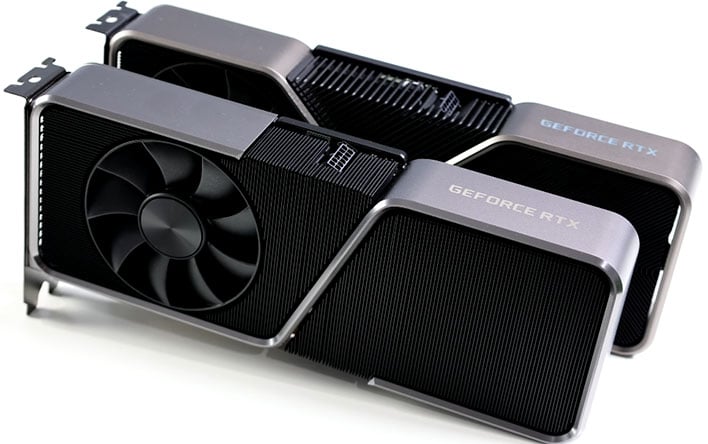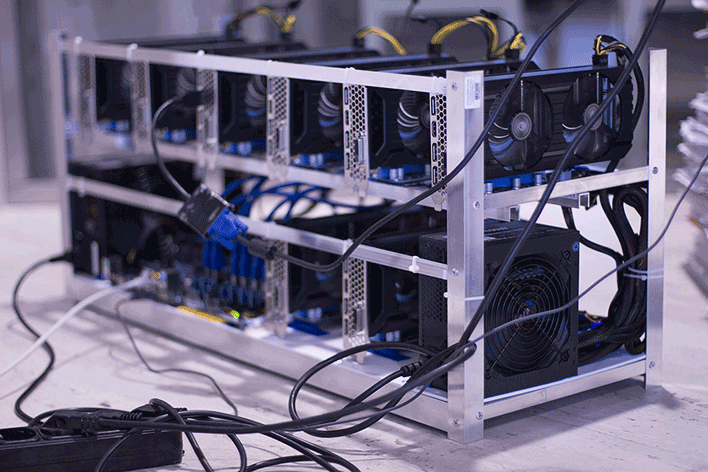GeForce RTX 30 Prices Could Plummet Due To China's Big Cryptomining Crackdown

Have you looked up the prices of graphics cards lately? Don't do it, not unless you want to be depressed. We're not talking about MSRPs, mind you, but jacked up pricing on the part of marketplace sellers and scalpers on eBay. Part of the reason is because of cryptocurrency mining, but following a crackdown in China, GPU prices might finally return to Earth.
That is the optimistic view, anyway (and probably too optimistic). However, China's annoyance at cryptocurrency mining is very real, and its ban on mining digital currencies could have a tangible impact on the market at large, and others (like GPUs) that are associated with it. That's because China has been a major hub for mining.
It is estimated that up to 75 percent of Bitcoin mining is done in China. As China begins to enforce its ban—turning its announcement into policy, in other words—cryptocurrency miners have begun to flee. It is conceivable that some of the smaller operations could give up mining entirely, though larger outfits will seek out a new place to get up and running again.
"We do not want to face every single year, some sort of new ban coming in China," De La Torre, vice president of Hong Kong-headquartered mining pool Poolin, told CNBC. "So we’re trying to diversify our global mining hashrate, and that’s why we are moving to the United States and to Canada."
Some miners could also relocate to closer destinations, like Kazakhstan, where coal provides an affordable source of energy. Those who decide to stay in China and continue to mine, however, could face tough penalties for going against the ban. Businesses could have their licenses taken away, while data centers could lose government support.
What about the impact on GPUs? These days, Bitcoin is almost entirely mined with specialized ASIC hardware rather than graphics cards. However, there are other currencies that are still mined with GPUs, like Ethereum, and it is not uncommon to trade other digital currencies for Bitcoin.
The result of all this is that miners and speculators hoarded $500 million worth of graphics cards in the first quarter of this year, accounting for 25 percent of all discrete GPUs. This is part of the reason why prices are so high in the second-hand market—the demand from mining is contributing to the overall shortage.
There could be light at the end of the tunnel, though. Or at least ASRock thinks so—the company is optimistic about its revenue and profits in the near-term, noting that it has seen strong demand for its graphics cards amid dropping prices because of China's cryptocurreny mining ban. ASRock also said it expects GPU shipments to increase in the second half of this year.
This comes on the heels of Ethereum embarking on a transition from a proof-or-work to a proof-of-stake model that is intended to massively slash power by 99.5 percent. This would effectively kill the demand for GPUs to mine Ethereum, because a proof-of-stake model verifies transactions (called blocks) based on a person's existing stake in the digital currency.
Between China's ban and Ethereum's upcoming shift, the best case scenario is that GPU prices plummet, and start to become plentiful. That's probably looking at things through rose-colored glasses, especially as the global shortage of silicon rages on. But hey, these are big steps towards a return to normalcy.


